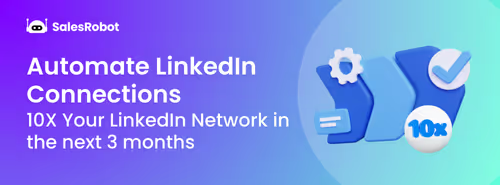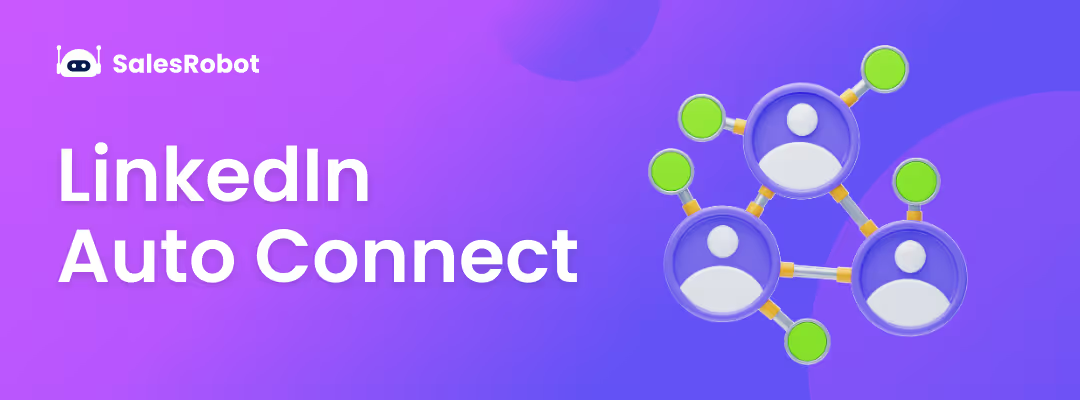Let’s cut to the chase.
You've tried LinkedIn posts. Articles. Maybe even those trending carousel things. But your engagement wasn’t all that great, and you scored no new leads.
If this is you, then LinkedIn polls are your best shot. I swear.
You don’t need sponsored ads. You don’t need a rigorous content calendar. You just need to ask the right questions.
Here's why LinkedIn polls work so beautifully every time:
People love giving opinions. Everyone loves being heard.
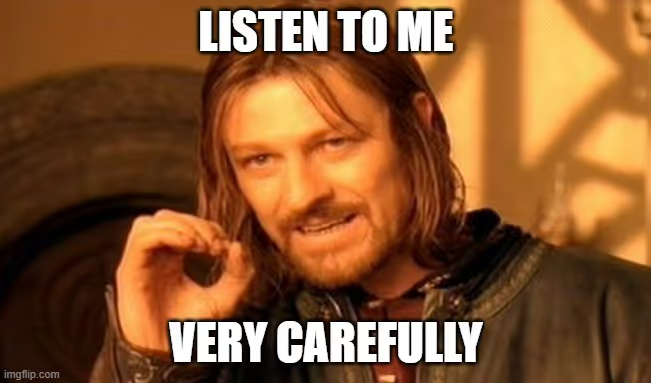
I mean, think about it; it's not complex psychology - just basic human nature. We love it when people want to know what we think.
That's why polls get double the engagement of regular posts.
So when you use LinkedIn polls:
- More people see your stuff because LinkedIn's algorithm loves engagement
- You get real conversations going in the comments
- The right people find you naturally - because only those interested in your topic will vote
- You learn exactly what your audience thinks, so your next posts hit even better
- Drop your website link, and interested people can reach out
Looks good?
Right, so stick around, as in this guide, you'll get to know:
How to create a LinkedIn Poll?
Why they outperform standard content?
How to make the most of them?
Our exact process (mistakes included)
So, let’s begin with -
What are LinkedIn Polls?

LinkedIn polls are the platform's built-in way to get instant feedback from your network.
You post a question.
You add 2-4 answers.
Your network votes.
The results update in real-time. Simple.
But here's what makes them different from regular surveys: They show up right in the feed, mixed with posts and articles. No extra clicks, no forms to fill out. Just tap and vote.
The tech behind it is straightforward:
- Questions can run for up to 2 weeks
- Anyone in your network can vote
- Results are public and updated instantly
- Voters can explain their choice in comments
The most basic difference from other LinkedIn content is that
Polls create two-way conversations.
What I mean is that while posts and articles talk to your audience, polls get them involved. They're not passive readers anymore - they're participants.
How do LinkedIn Polls Work?
LinkedIn polls are built for instant engagement. You ask a question, set 2-4 options, and get real-time feedback from your network.
All LinkedIn polls must have these 4 things to begin with
- Question format: Direct ("Which CRM do you use?") or trend-based ("Is AI replacing content writers?")
- Voting process: One click, no forms, no redirects
- Results display: Live bar chart showing percentages
- Visibility: Everyone can join discussions
Here's what sets them apart:
Results update instantly as votes come in. Your network sees not just the question, but also how others voted. This triggers a snowball effect - more votes lead to more visibility.
Your poll works even when you're offline. People vote, comment, and share while you focus on other tasks. Each interaction pushes your content back to the top of feeds.
LinkedIn Polls Examples
Let's break down three polls that cut through all the noise.
Poll #1:
"What's your biggest obstacle entering GovCon?"
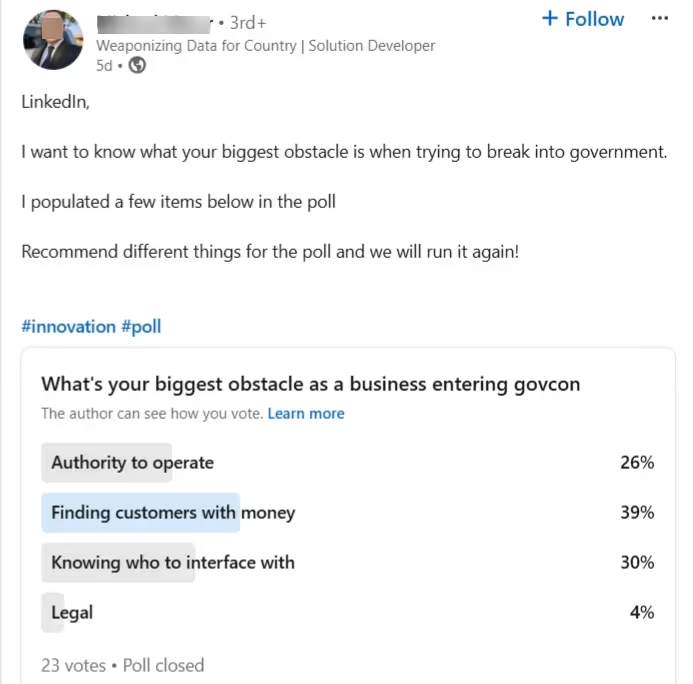
The logic behind this poll is simple.
Find out what keeps businesses up at night when entering government contracting. Each vote is a potential lead signaling their exact pain point.
Poll #2:
"When are you most active on LinkedIn?"

The motive behind this poll is to:
Get inside your audience's daily routine. Stop guessing about posting times. Let data drive your content schedule.
Poll #3:
“What matters most when applying for jobs?"

This poll wants to track shifting priorities in real-time.
Perfect for recruiters who need to know what actually moves candidates to action.
Each poll, as you can see, serves a clear purpose: Gather intelligence while starting conversations that convert.
How To Do Polls On LinkedIn?
With LinkedIn polls, you can get your followers interested by asking them what they think about different topics.
To set up a poll on LinkedIn:
- Click Start a post, then choose to Create a poll:
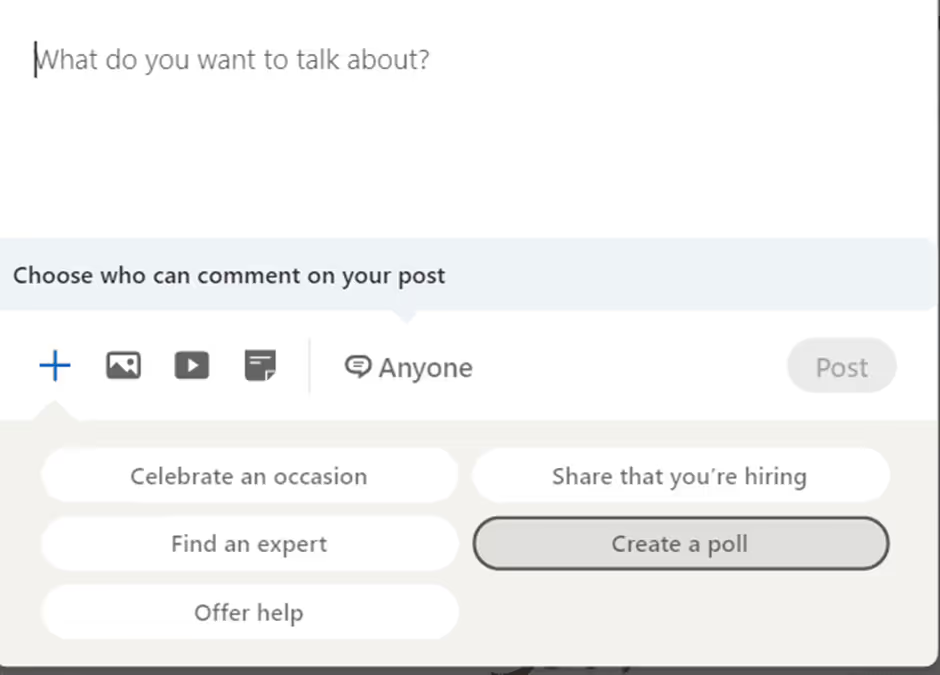
- Start a poll by typing in a question and the options for answers.
- Next, you'll be prompted to choose the poll's time limit. You can choose a poll duration of 1 day, 3 days, 7 days, or 14 days.

Just like that, it's easy!
What are the Benefits of LinkedIn Polls?
LinkedIn Polls need to be a part of your LinkedIn outreach strategy.
First, the engagement factor. Your network here isn't just scrolling - they're participating.
Okay, the “participation” is just a click, sure. But that click often leads to comments, discussions, and real business conversations.
- Every vote pushes your content back to feeds
- Comments create natural networking opportunities
- Participants see others' votes, triggering more engagement
- Your expertise shows through the question design
- LinkedIn's algorithm favors interactive content
This sorts your content strategy.
Polls filter serious prospects from casual browsers. That someone who votes on your industry question cares about the topic. They're your target audience.
Are LinkedIn Polls Anonymous?
Let's clear this up fast.No, LinkedIn polls aren't anonymous.
- Poll creators see everything (who voted, their choices, total results)
- Other users see percentages only
- All votes link to LinkedIn profiles
- Results stay visible until the poll ends
Your poll responses create a pre-qualified lead list. Each vote connects to a real person interested in your topic.
But here's what most miss: Even if someone deletes their vote later, poll creators retain access to the complete voting history.
Understanding this visibility helps you:
- Track engagement from target accounts
- Identify potential leads
- Build strategic connections
- Measure content impact
What To Know Before Posting LinkedIn Polls?
There are a few things you should know before you start creating LinkedIn polls:
- You can create polls on either your mobile device or a desktop computer.
- Keep them concise - the number of characters allowed for poll questions is restricted to 140, while the number of characters allowed for alternatives is limited to 30.
- Use hashtags – Hashtags allow LinkedIn to organize your post in the appropriate category, increasing the likelihood that specific individuals will see it and contributing to the overall efficacy of your post.
- You are not allowed to make any changes to polls on LinkedIn once they have been made public. If you realize that you have made an error in your post, you need to delete it and re-publish it.
- You don't want to spam your audience, so limit the number of polls you conduct all at once.
- Be careful not to address any issues that LinkedIn deems offensive in your polls, as these questions will be removed if posted.
- The only person who can see how someone votes on your poll post is you, who made it.
- You can also make polls in LinkedIn groups; only the person who made the poll can see the results.
- Your LinkedIn poll can have up to 4 choices.
- You can also make a poll on a company page on LinkedIn.
- You will only be able to scrape LinkedIn polls if you are the person who created them.
Why Are LinkedIn Polls a Powerful Tool for Generating B2B Leads?
Each vote reveals pain points, needs, and buying signals.
Think of all the outreach you could do with that info!
LinkedIn polls can do wonders for your business because:
- Relevant questions attract your target audience
- Responses highlight sales opportunities
- Comments open natural conversation doors
- Engagement creates quality connections
- Data builds your prospect database
That’s why I think of polls as automated lead qualification.
You're not just collecting opinions. You're picking up on who cares enough about your topic to engage.
Every vote gives you lessons on market needs. Use this data to refine offerings, adjust messaging, and spot trends before competitors.
LinkedIn Polls Hacks to 10X Growth
Here’s how we made the most of LinkedIn polls:
Ask for Feedback
Consumer polls work for one thing: getting direct product feedback. They reveal customer experience gaps and tell you where exactly you need to improve.
To make the most of this
- Keep questions focused and easy to answer
- Target users with product experience
- Use the poll to improve your service/experience
Market Research & Trend Analysis
Polls deliver quick market insights.
Use them to:
- Test emerging trends with your audience
- Gather rapid market feedback
- Spot industry shifts early
But then, the drawback of using this approach to do market research is that it needs to provide you with precise information regarding your audience's demographics.
And that is something you won’t be getting here.
Understanding Your Customer
Want to have deeper conversations with your customers?
Ask them questions.
Polls are a fun and casual way to find out more about your customers by asking them meaningful questions.
To make things a bit more interesting, you can incentivize them to answer your queries by offering something in return.
Made LinkedIn Polls Fun
People enjoy participating in polls because they feel like it's a game.
They also help you appear approachable and friendly. AKA, the perfect colleague to work with.
Used For Lead Nurturing
Any content you publish on LinkedIn serves as passive lead nurturing.
LinkedIn Polls are also meant to do the same thing.
Here’s how:
- Maintains brand visibility
- Keeps you top-of-mind
- Validates pain points
- Guides solution messaging
Now,, going to the section we put together after learning from our mistakes.
LinkedIn Polls Dos and Don’ts for Better Lead Generation
No one wants to shoot question after question like a toddler who’s just discovered they can talk.

so…
Don't ask questions for the heck of it
Your audience's time is valuable. Please respect that.
You don’t want people to avoid you like that annoying uncle who asks random questions at weddings.

Make every question count.
Each poll should:
- Align with their business goals
- Give them an insight into something they can use
- Respect user attention spans
Keep It Simple
Four options max. Make them count.
Pro tip: Add a creative final option to boost engagement.
Get people involved
Keep in mind that, even on LinkedIn, interaction rates are essential.
Quick Response Time
People don't like to talk to a wall. Answer as soon as possible.
Also, many poll questions need background information before people can answer them correctly.
For example, political events, natural disasters, and changes in an industry need a bit of context. Make sure your audience knows it well before asking your question.
Control Poll Frequency
Polls on LinkedIn should only ask one question. You can divide the questions into multiple LinkedIn polls if you want to know all the answers.
Sometimes it's also okay to ask people to explain their answers in the comments, but you should be careful when doing this.
Who wants to start a fight in the comment section? Sure, your post will get some extra impressions, but will it be worth it, though?
Handling Negative Poll Responses
Let's tackle poll pushback head-on.
Chances are, these are the two types you'll face:
- Legitimate concerns about missing answer options
- Direct criticism of your company or approach
Here's how to handle both:
Missing Options
Watch for patterns in negative responses.
If "no" is consistently picked, your options need work.
Direct Criticism
Some comments will be harsh. That's business.
Smart response strategy that can save you a trip to your therapist:
- Address concerns fast
- Explain poll's purpose clearly
- Keep responses professional
- Use feedback to improve
Remember: Negative feedback often holds valuable info. Use it.
Add an option for "Other"
This will make people more likely to take part in your poll.
Saying something like "Tell us why in the comments" is one of the easiest ways to use this option.
You can learn a lot from the answers you get, especially if you want to find ways to improve your products and services.
Use hashtags to reach more people
With hashtags, you can group similar posts. Most people know how to use hashtags on other social media sites, but this is rare on LinkedIn.
Putting things into groups makes them much easier to find.
You can even shape the conversation by using these hashtags.
You can reach more people if you use the right hashtags.
Add a Caption
If you have a good caption, it will help people believe you.
One reason for this is that you don't have to just put a question on your profile and hope someone answers it.
Even though it might seem easy to drop a poll, many people would consider it spammy.
Remember that you're asking people what they think, and it may take them a minute to answer.
Keep your captions brief and to the point. People need to understand what you want and why you want it immediately.
You'll also get better answers if they know how vital the poll is, especially if you're trying to improve your products or services.
Time Your Posts
Post when your audience is active. Usually, business hours are in their timezone.
Test and track optimal timing for your specific audience.
Conclusion
If you've made it this far, you get it. 🤜
You're not here for quick fixes - you want real LinkedIn growth that converts, and that’s why you’re willing to give LinkedIn polls a shot.
Here's a quick recap of what we've covered so far:
- Polls drive 2x more engagement than regular posts
- Each vote reveals potential client interests
- Real-time market research happens automatically
- Responses guide your content strategy
- Comments open natural sales conversations
But here's where most people get stuck:
- Managing all those responses manually takes ages.
- They don’t know how to approach the leads who’ve responded to their polls.
So, instead of closing deals, they’re stuck with repetitive outreach tasks and grunt work.
That’s why you need a bit of help from automation.
That’s why you need SalesRobot 😉The sales automation tool that lets you cut down on the boring, repetitive tasks that come with LinkedIn + email cold outreach.
SalesRobot can
- Engage with your poll commenters
- Run smart hyper-personalized outreach campaigns targeting the ones who’ve replied to your polls
- Keep your profile actively by networking
- Scale your engagement strategy
- Handle the routine while you focus on closing
Want to see it in action?
Jump into our 14-day trial. Test every feature. No credit card or phone number needed.
And hey, if you want to talk about getting your dream LinkedIn outreach going, then stop by for a quick chat!
Coffee’s on me, course. 😄
Heading 1
Heading 2
Heading 3
Heading 4
Heading 5
Heading 6
Lorem ipsum dolor sit amet, consectetur adipiscing elit, sed do eiusmod tempor incididunt ut labore et dolore magna aliqua. Ut enim ad minim veniam, quis nostrud exercitation ullamco laboris nisi ut aliquip ex ea commodo consequat. Duis aute irure dolor in reprehenderit in voluptate velit esse cillum dolore eu fugiat nulla pariatur.
Block quote
Ordered list
- Item 1
- Item 2
- Item 3
Unordered list
- Item A
- Item B
- Item C
Bold text
Emphasis
Superscript
Subscript


Wow your leads by cloning yourself and sending personalized videos and voice notes to each lead on LinkedIn.

If you don't reply to leads within 5 mins, your chances of converting them fall by 50%. Our AI replies on your behalf instantly! (and yes, you can train it)

Don't shoot in the dark. Get detailed analytics on what's working
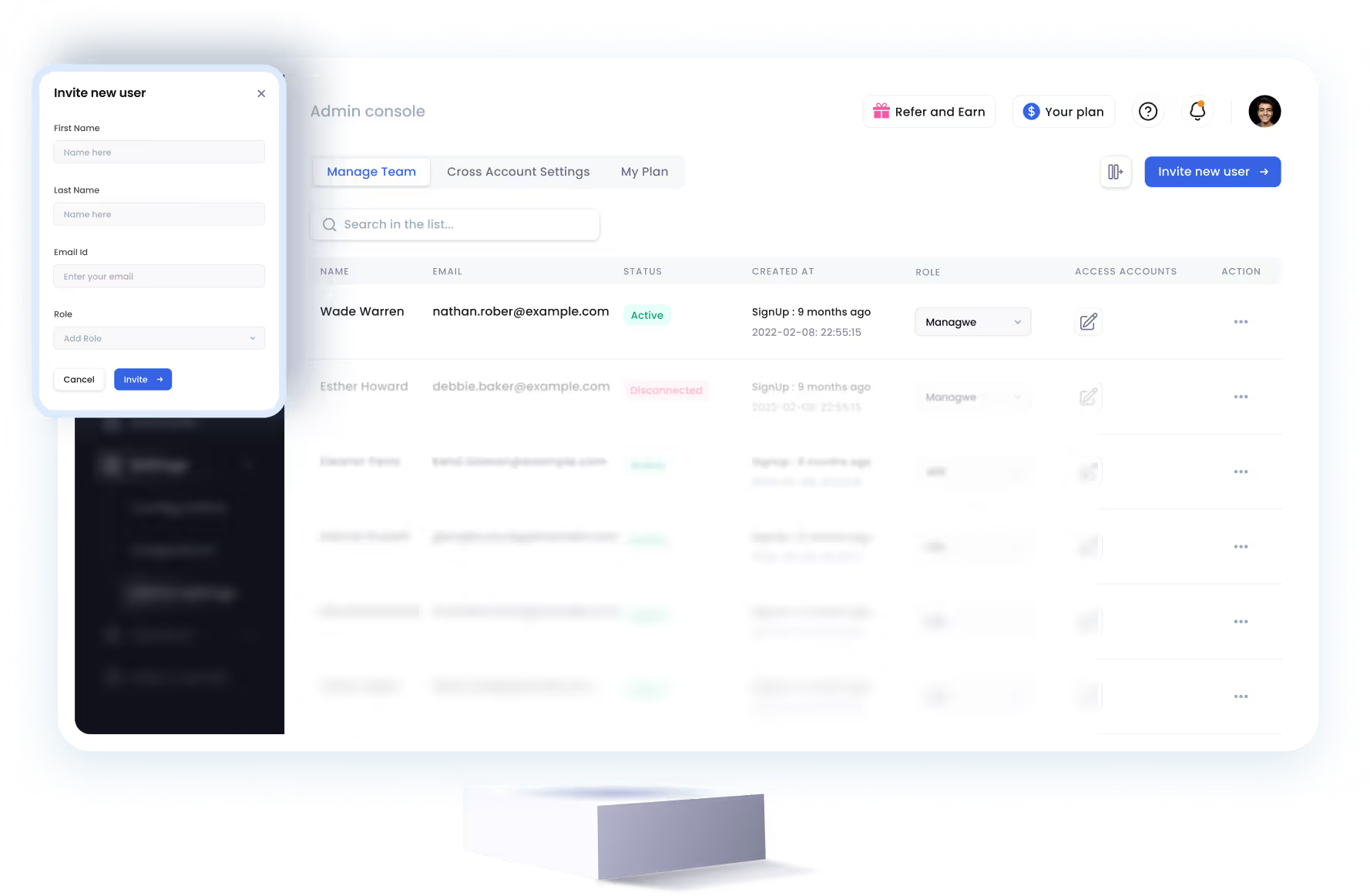
SalesRobot allows you to invite other team members, so that they can add their LinkedIn Account, run outreach campaigns and get amazing results just like you.
Trusted by 4100+ innovative B2B sales teams and lead gen agencies

.avif)

.avif)




.avif)



